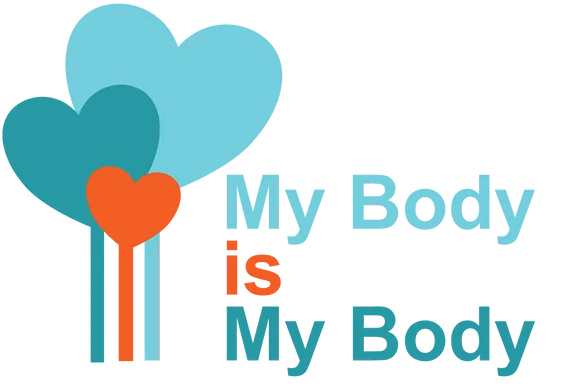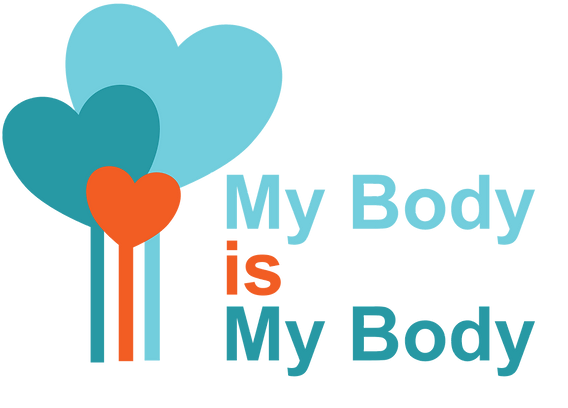Breast Feeding
Essential skills for new mothers
Please watch this video – Breastfeeding
Benefits For The Mother
Breastfeeding offers a range of benefits for mothers. It can help them shed pregnancy weight and return their uterus to its pre-pregnancy size, and potentially reduce bleeding after childbirth. Breastfeeding may also reduce the risk of certain health issues, including breast and ovarian cancer, type 2 diabetes, and osteoporosis. In addition, it is a convenient and cost-effective option as it requires no preparation, and there is no need to purchase formula.
However, it is important to recognise that breastfeeding may not be possible or desired for all mothers and babies. In such cases, there are many alternative options, such as infant formula, that can provide the necessary nutrition for a baby’s growth and development. It is crucial to make the decision that is best for both the mother and the baby.
Benefits for the Baby
Breastfeeding offers numerous benefits for infants, including improved health and survival. It is recommended that infants are breastfed for the first six months of their lives.
Breastmilk is the optimal food for infants, as it is safe, clean, and contains antibodies that can help protect against common childhood illnesses. It provides all the necessary nutrients and energy for the first months of life.
It continues to provide a significant portion of a child’s nutritional needs during the second half of the first year and up to one-third during the second year of life.
Breastfed children tend to perform better on intelligence tests, are less likely to be overweight or obese, and are less prone to developing diabetes later in life.

Latch problems:
It is important for the baby to latch on to the breast correctly in order to breastfeed effectively. If the baby is not latching on properly, it can cause pain and discomfort for the mother, and the baby may not be able to get enough milk.
Sore nipples:
Breastfeeding can cause sore and sensitive nipples, especially in the early weeks. Using a lanolin-based nipple cream or applying warm compresses can help soothe sore nipples. (You can make a warm compress from a towel soaked in hot water and leave the homemade compress on your skin for up to 20 minutes).
Low milk supply:
Some mothers may have a low milk supply, which can cause the baby to be hungry and fussy. There are several ways that can help increase milk supply, such as nursing more frequently, feeding on both breasts or using a breast pump.
Breast engorgement:
Engorgement occurs when the breasts become full and swollen with milk. It can cause the breasts to feel hard and painful, and it can make it difficult for the baby to latch on to the breast. To encourage milk flow and reduce swelling, use warm compresses on your breasts for 10 minutes before breastfeeding and cold packs for 10-15 minutes after breastfeeding.
Mastitis:
Mastitis is an inflammation of the breast tissue that can cause fever, fatigue, and pain. It is often caused by a blocked milk duct, and it can be treated with antibiotics and warm compresses. It may help to breastfeed every 2 hours to try and keep your milk flowing.
Breast infection:
A breast infection is a condition that occurs when bacteria enter the breast tissue through the nipple or a crack in the skin. It can cause fever, chills, redness and swelling in the breast. A breast infection requires medical treatment, which may include antibiotics.
It is important that you seek support and guidance from a healthcare provider if you are experiencing any problems with breastfeeding.

